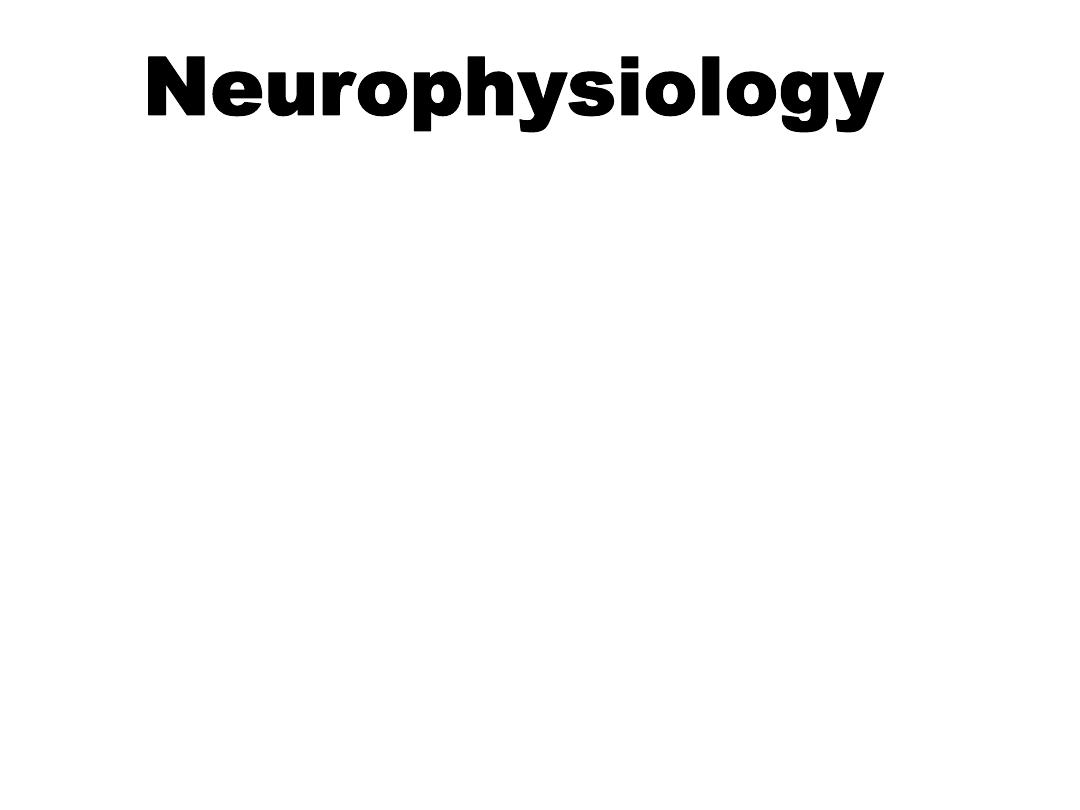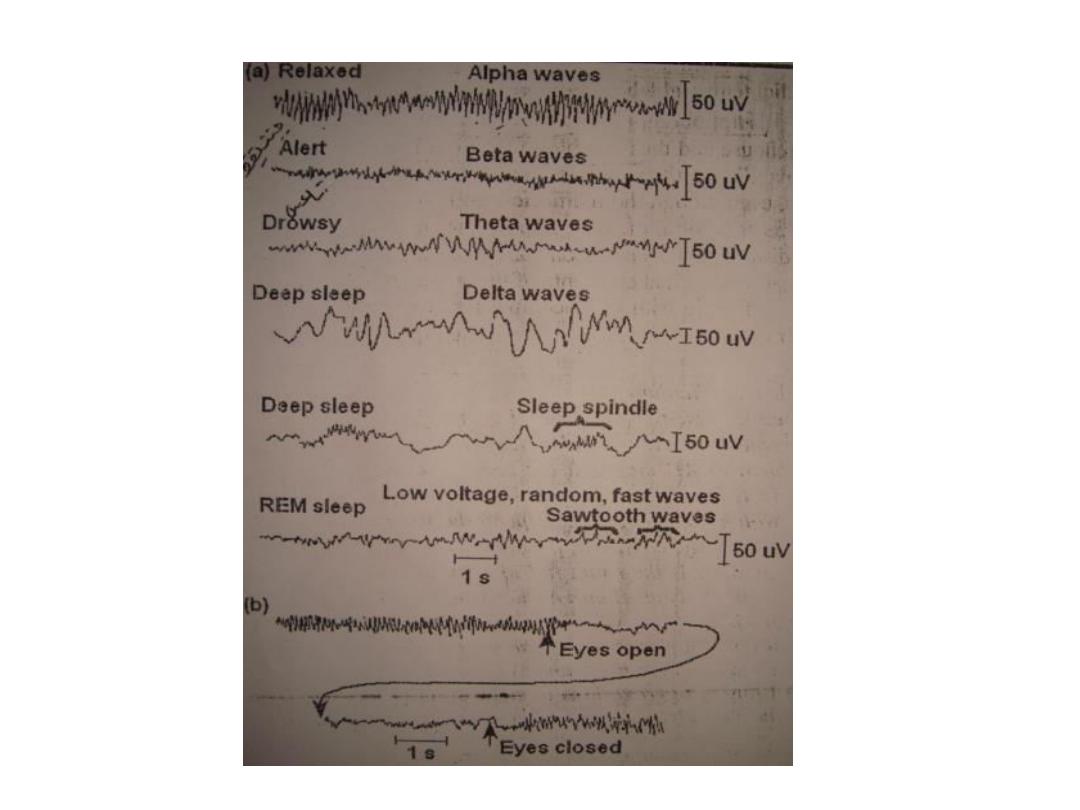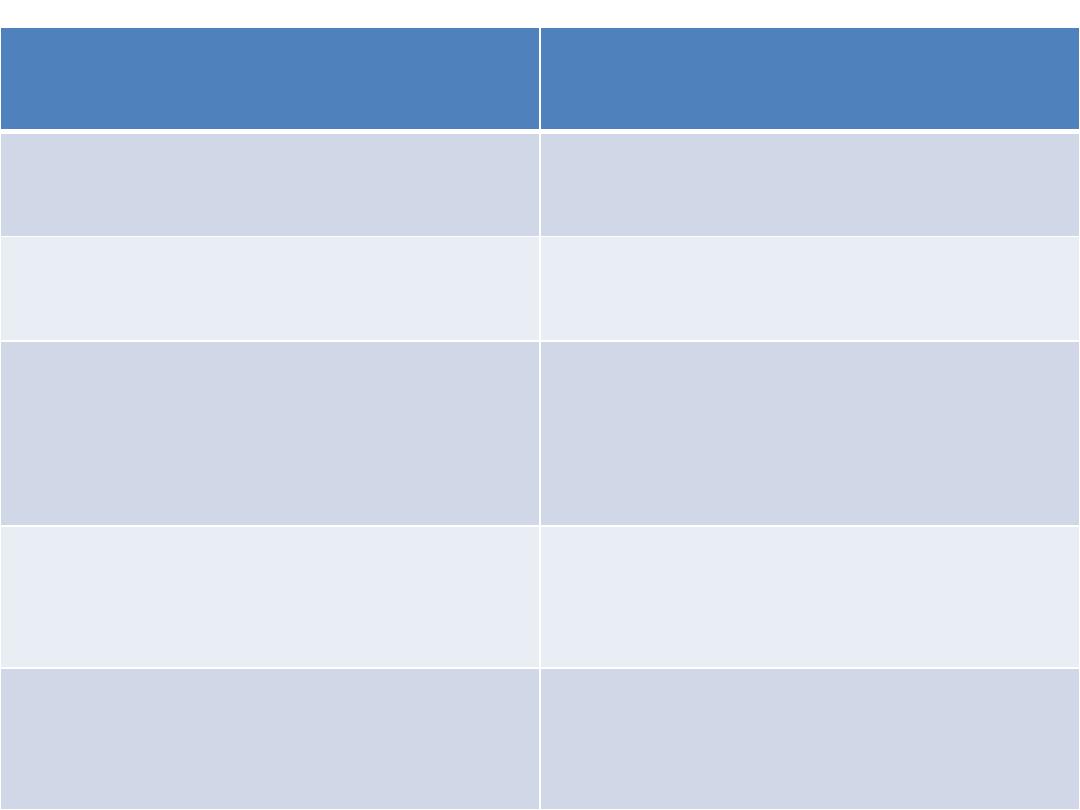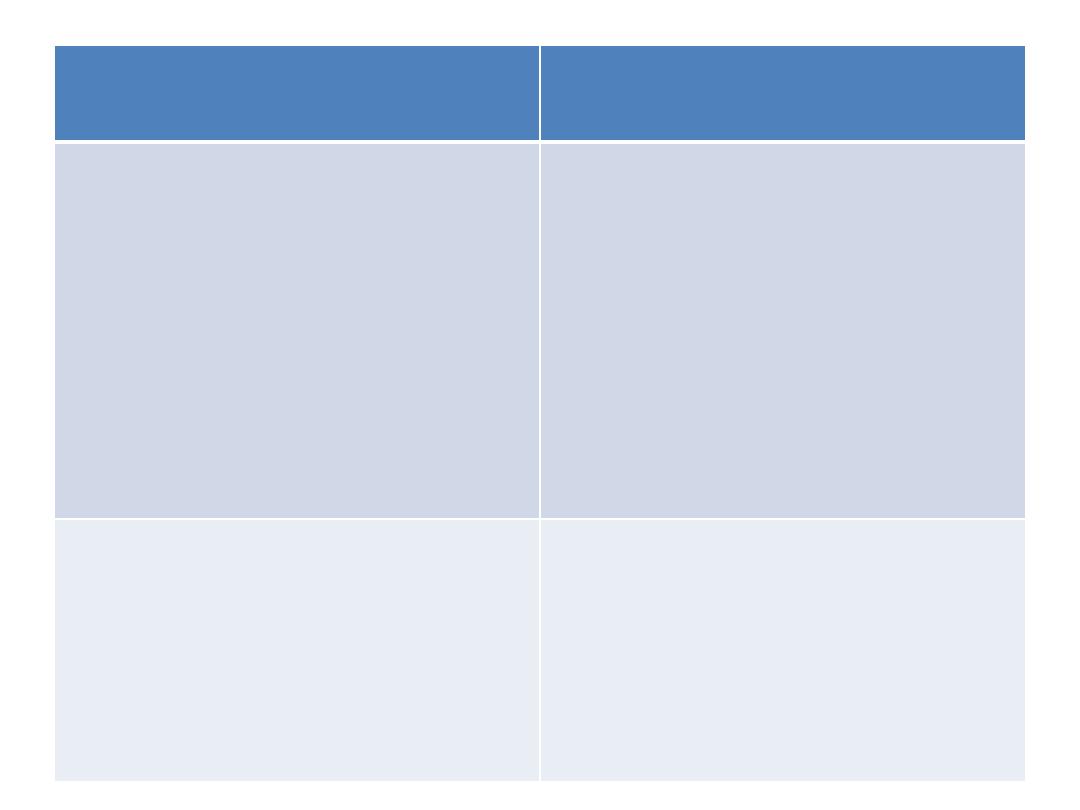
Brain Waves & Sleep
Disorders
By
Dr. Mufeed Akram Taha
FIBMS Neurology
Kirkuk College of Medicine

Brain Waves
Electrical recording from the outer surface of the
head demonstrates continuous electrical activity
in the brain that transfer to the surface of the
scalp. These electrical activities are determined
mainly by the activity of RAS and other brain
structures, These waves are called brain waves
and the record is called an EEG. The character of
the waves is highly dependent on the degree of
activity of the cerebral cortex and the wave
change markedly between the state of
wakefullness and sleep and coma.

The waves can be classified as:-
1- Alpha wave :-
They occur at frequency between 8-13/sec. and
their voltage is usually about 50 microvolts and
are found in EEGs of almost all normal adult
persons when they are awake in a quite, resting
state of cerebration with closed eyes and occur
most intensely in the occipital region but also be
recorded at times from parietal and frontal
regions of the scalp.it is assumed that the alpha
waves result from spontaneous activity of the
thalamocortical system and possibly including
the RAS pathways.


The frequency of alpha rhythm is decreased by:
1. low blood glucose.
2. Low body Temperature.
3. Low level of adrenal glucocorticoid hormones.
4. High arterial partial pressure of CO2.
The frequency of alpha rhythm is increased by the
reverse conditions.
When the eyes are opened or when conscious
mental activity intiated, the alpha rhythm is
replaced by fast, irregular low voltage activity
(beta wave). This phenomena is called alpha
block.

2- Beta waves:-
They occur at frequency of more than 14-25
cycles/sec. and rarely 50 cycles/sec. these
are most frequently recorded from the
parietal and frontal regions of the scalp.
Most beta waves appear during activation
of the CNS when the awake person’s
attention is directed to some specific type
of mental activity i.e during alert
wakefulness or open the eyes in bright
light.

3. Theta waves:-
They have frequency of between 4-7 cycles/sec.
these occur mainly in the parietal and temporal
region in children, but they also occur during
emotional stress in some adults.
4. Delta waves:-
They include all the waves below 3 cycles/sec.
these occur in infancy, in deep sleep and in
serious organic brain disease. These waves can
occur strictly in cortex independent of activities
in lower regions of the brain.

Sleep
It’s defined as a state of unconsciousness
from which a person can be aroused by
appropriate sensory or other stimuli.
During each night a person goes through
stages of two different types of sleep that
alternate with each other. These are
called:-

1. Slow wave sleep:
In which the brain waves
are very slow. This type of sleep forms about
75% of sleep time during each night which is
restful type of sleep that the person
experience during the first hour of sleep and
after having been kept awake for many
hours. Slow wave sleep is generally divided
into four stages (1, 2, 3, and 4). In this type
of sleep the voltage of the EEG waves
become very low of delta wave but this is
broken by sleep spindles.

In stages 2, 3, and 4 of slow wave sleep the
frequency of the EEG waves becomes
progressively slower and end with delta
type waves. During this sleep there is a
decrease in peripheral vascular tone, in
blood pressure, in vegetative functions of
the body, in respiratory rate and in basal
metabolic rate. In addition, dreams actually
occur very often and nightmares also occur
during this type of sleep but are not
remembered

In addition, sleep walking (somnambulism),
bed-wetting (nocturnal enuresis), and
night terrors occur during slow-wave
sleep. Episodes of sleep walking are more
common in children than in adults and
occur predominantly in males. They may
last several minutes. Sleepwalkers walk
with their eyes open and avoid obstacles,
but when-awakened they cannot recall the
episodes.

2.Rapid eye movement sleep (REM or
paradoxical sleep):
In which the eyes undergo rapid movements
despite the fact the person is still asleep. This
type of sleep occurs in form of periodical
episodes and occupy about 25% of the sleep
time of the young adult (80% in premature
infants, 50% in full-term neonates), and recur
about every 90 minutes and lasts 5-30 min.
The first such period is occurring about 90 min
after the person falls asleep. It is not so restful
and it is usually associated with remembered
dreaming.

In REM sleep, the EEG suddenly changes back
to the characteristics of the early stages of
wakefulness (beta waves) indicating a high
level of activity in the brain during this period
of sleep. It has been postulated that
stimulation of norepinephrine-secreting
nerve fibers of the locus ceruleus can activate
large acetylcholine-secreting neurons in the
RAS might in turn activate many portions of
the brain which cause the excess activity of
these regions that associated with this type
of sleep.

The drugs like benzodiazepines (e.g.,
valium) and increasing age decrease
the duration of REM sleep and stage 4
of slow-wave sleep.
REM sleep decrease with age, and wake
periods occur in increasing number.
This is why elderly people believe that
they do not sleep sufficiently.

Function and importance of sleep
The need for sleep is evident. The
function of sleep is believed to occur
during the slow-wave and REM sleep.
Slow-wave sleep appears to be the
restorative stage. It assists in regulation
of body repair. During sleep, reduction
in body temperature, metabolic rate,
glucose consumption; and release of
catabolic hormones take place.

Sleep is believed to play a role in allowing the
brain to analyze short-term memory stores
and review the day's events by eliminating
nonessential information or emotional
problems and retaining necessary data in
long-term memory. Persons who are
deprived of sleep become irritable, fatigued,
disoriented and unable to concentrate.
Personality disorders such a paranoid
thoughts, auditory and visual illusions or
hallucinations may be encountered.

Deprivation of REM sleep may lead to anxiety
disorders. These manifestations are transient, and
the person reverts to normal once the regular
sleep-wake cycle is restored. When the person is
extremely tired, the duration of each bout of REM
sleep is very short and it may even be absent, On
the other hand, as the person becomes more rested
through the night, the duration of the REM bouts
greatly increases. During infancy, approximately 16
hours of every day are spent asleep. This figure
drops to 10 hours during childhood and to 7 hours
during adulthood. Elderly individual spends less
than 6 hours of each day sleeping.

During infancy and childhood, the reduction in
sleep time from 16 hours to 10 hours occurs
almost entirely by a reduction of the amount
of time spent in REM sleep. In adulthood, the
reduction in sleep time is caused by a
reduction in the time spent in the sleep stages
of slow-wave sleep. Phase 4 sleep declines
gradually, and may disappear in the elderly
causing their sleep-to be light and interrupted.
This may force such individuals to take
afternoon naps to compensate for lost sleep.

Slow wave sleep
Rapid eye movement sleep (REM)
It forms about 75% of sleep time
It forms about 25% of the sleep time
Its restful type of sleep
Its not so restful
EEG waves become very low of delta wave but
this is broken by sleep spindles( which are a
short spindle shaped busts of alpha waves that
occur priodically).
EEG waves are of the early stages of
wakefullness (beta waves).
Dreams actually occur but are not
rememebered.
Its associated with remembered dreaming; the
heart rate and respiration usually become
irregular which is characteristic of dream state.
Sleep walking (somnambulism), bed wetting
(nocturnal enuresis), and night terrors occur
during slow-wave sleep.
it’s usually associated with teeth grinding
(bruxism) and penile erection.

Slow wave sleep
Rapid eye movement sleep (REM)
No muscle movements and the
muscle tone is depressed
A few irregular muscle movements
occur which include rapid movements
of the eyes, the muscle tone is very
depressed (except those muscles
which control breathing, eye
movement, and ear ossicles)
indicating strong inhibtion of the
spinal projections from the reticular
formation of the brain stem.
The person is more easier to be
aroused by sensory stimuli.
The person is more difficult to be
aroused by sensory stimuli and yet
persons usually awaken
spontaneously in the morning during
an episode of REM sleep and not
from slow wave sleep.

Disorders of sleep
Disorders of sleep are divided into two
major categories and these are:
(1). Narcolepsy: This is inappropriate
attack of sleep. Individuals with this
disorder suddenly fall asleep without
regard for the time of day, location, or
the activity in which they are engaged.
Narcolepsy can have any of the following
four characteristics:

Sleep attacks which are brief, and can occur at any
time without any warning. Cataplexy is a
complete loss of muscle tone that frequently
occurs following emotional excitement while the
subject is awake. Sleep paralysis occurs when a
person in bed and is ready to fall asleep and
during it the subject can be aroused by external
stimuli such as touch or sound. Auditory and
visual hallucination which occur as the subject is
falling to asleep (hypnagogic hallucination) and it
may occurs while the subject is waking up
(hypnopompic hallucination).

(2). Insomnia: Inability to obtain the amount
and quality of sleep required to maintain
normal function. There are four major
causes of insomnia [a] disturbances in the
circadian rhythm [b] emotional
disturbances [c] anticipation of not being
able to sleep, and [d] restless leg syndrome
(which is a condition in which patients
have the urge to keep their leg in motion
before falling asleep.

Drugs like barbiturates were used frequently
for the treatment of insomnia by
increasing the sleeping time but they
reduce the duration of stage 3 and 4 of
slow-wave sleep and REM sleeping time.
Therefore, treatment with, barbiturates
reduces the quality of sleep.
Benzodiazepines (like valium) decrease the
sleep onset time and increase the duration
of sleep but reduce the duration of REM
sleep and stage 4 of slow-wave sleep.

Thank You
